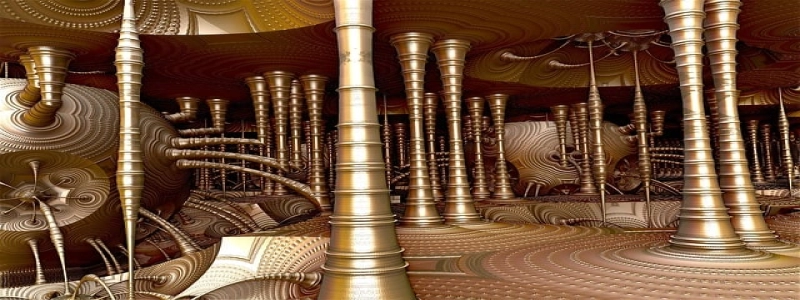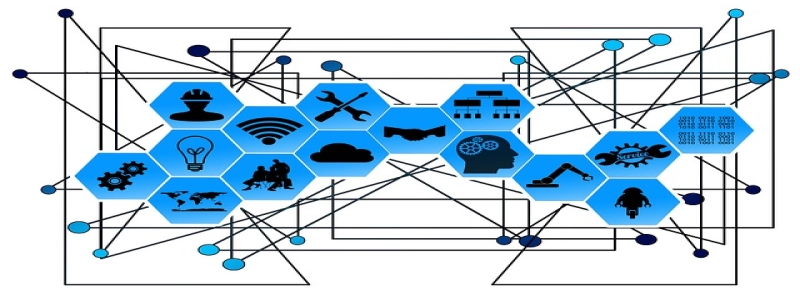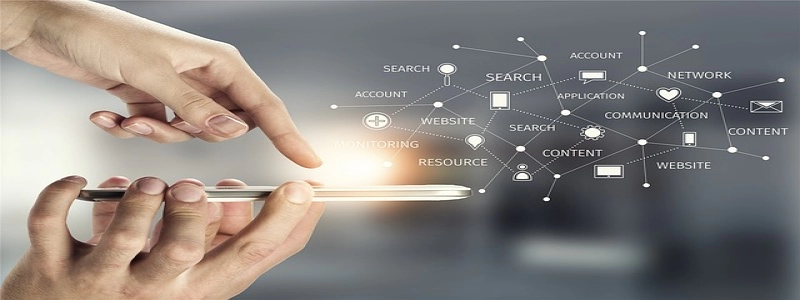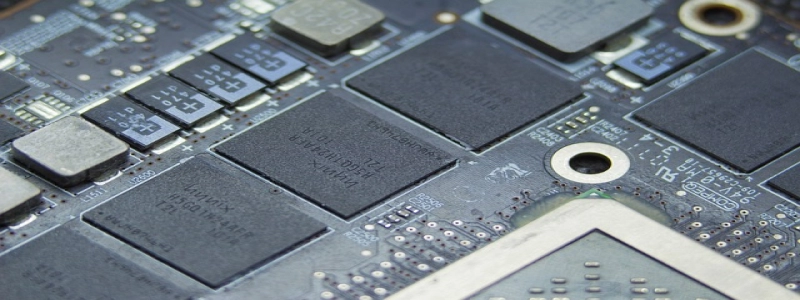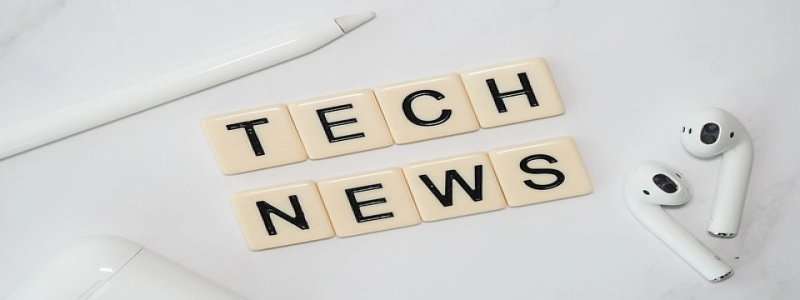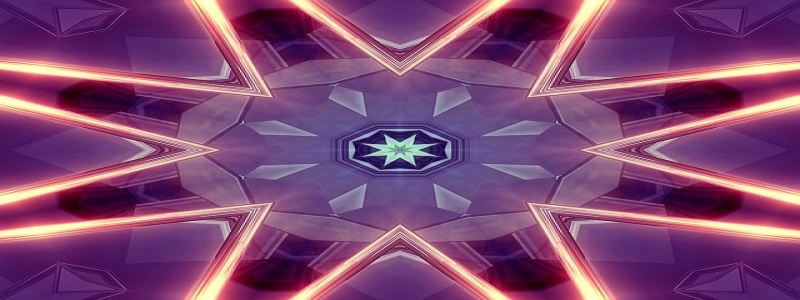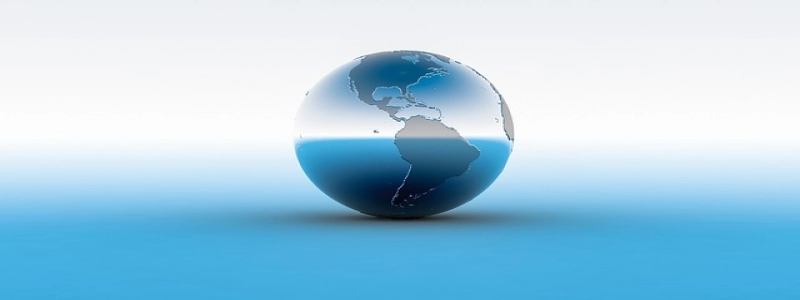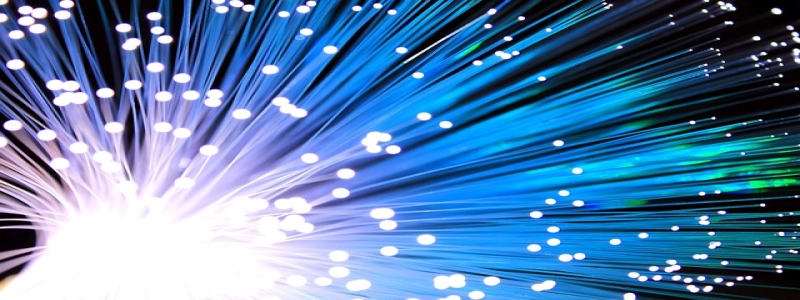UV-C Wavelength Range
I. Sissejuhatus
UV-C radiation refers to ultraviolet light with a wavelength range of 200 juurde 280 nanomeetrid (nm), which is shorter than UV-A and UV-B radiation. This specific range of wavelengths is known for its powerful germicidal properties and is commonly used for disinfection purposes. Selles artiklis, we will explore the UV-C wavelength range in detail and discuss its applications in various industries.
II. Understanding UV-C Radiation
A. Definition and Characteristics
UV-C radiation is a type of electromagnetic radiation that falls within the ultraviolet spectrum. It has the shortest wavelength among the three types of UV radiation, which include UV-A (315 juurde 400 nm) and UV-B (280 juurde 315 nm). UV-C radiation is not naturally present in sunlight as it is absorbed by the Earth’s atmosphere.
Characteristics of UV-C radiation include its high energy and ability to damage the DNA and RNA molecules of microorganisms. This makes it an effective tool for disinfection and sterilization purposes.
B. Sources of UV-C Radiation
UV-C radiation can be generated using various sources, including:
1. Mercury Vapor Lamps: These lamps emit UV-C radiation when an electric current passes through the mercury vapor within the lamp. They are commonly used in UV-C disinfection systems.
2. Light-Emitting Diodes (LEDid): UV-C LEDs are compact, energy-efficient alternatives to mercury vapor lamps. They provide a narrow wavelength band within the UV-C range and are often used in portable UV-C devices.
3. Excimer Lamps: Excimer lamps produce UV-C radiation by exciting noble gas molecules with an electrical discharge. They are used in applications such as air and water purification.
III. Applications of UV-C Radiation
A. Water Purification
UV-C radiation is widely used for the disinfection of water sources. It effectively destroys microorganisms such as bacteria, viruses, and protozoa by disrupting their DNA or RNA. UV-C water purification systems are commonly employed in municipal water treatment plants, hospitals, and residential applications.
B. Air Disinfection
UV-C radiation can be utilized to disinfect the air in indoor environments. It can help eliminate airborne pathogens such as bacteria, viruses, and fungi. UV-C air disinfection systems are commonly used in hospitals, laboratories, and public transportation vehicles.
C. Surface Disinfection
UV-C radiation is also effective in disinfecting surfaces such as countertops, medical equipment, and food preparation areas. It can be used in various industries, including healthcare, food processing, and hospitality.
D. Germicidal Lamps
UV-C germicidal lamps are widely used in various applications that require continuous disinfection. These lamps are often installed in HVAC systems, air purifiers, and water treatment facilities to maintain a clean and healthy environment.
IV. Safety Considerations
While UV-C radiation is highly effective for disinfection, it is also important to handle it with caution due to its potential health hazards. Direct exposure to UV-C radiation can cause skin burns, eye damage, and even skin cancer. Therefore, it is crucial to use proper protective equipment, follow safety guidelines, and ensure that UV-C devices are used by trained professionals.
V. Järeldus
UV-C radiation, with its wavelength range of 200 juurde 280 nanomeetrid, offers powerful germicidal properties that make it an excellent tool for disinfection and sterilization. Its applications across various industries, such as water purification, air disinfection, and surface disinfection, have proven to be highly effective in destroying microorganisms. Kuid, safety precautions must be taken to protect against potential health hazards associated with UV-C radiation.

